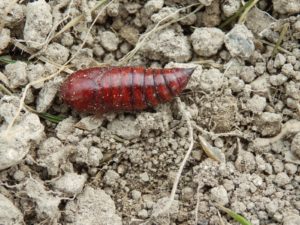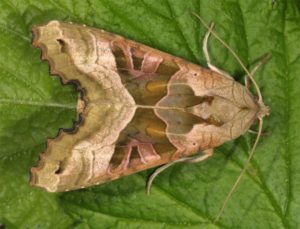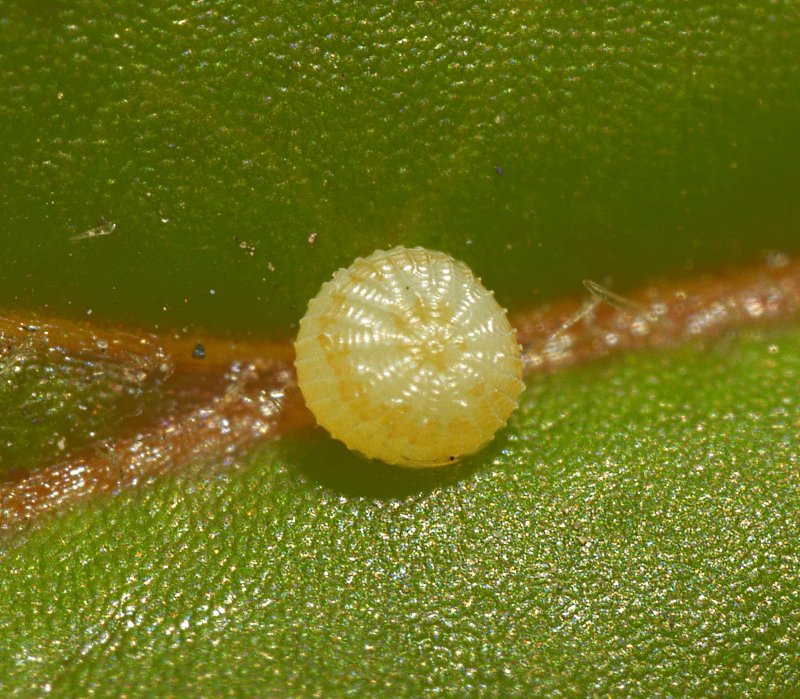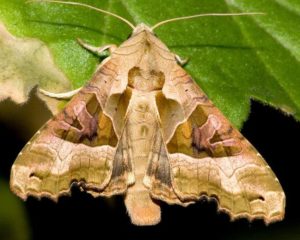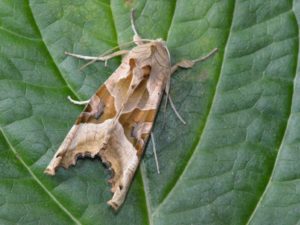Angle Shades Moth (Phlogophora meticulosa)
The angle shades moth is a member of the family of Noctuid moths. It has a widespread distribution throughout Europe. Swedish botanist Carl Linnaeus first described it in his 10th edition of Systema Naturae in 1758. Its name results from the pink and green V-shaped markings on its forewings resembling a perfect angle.
Warehouse1.indicia.org.uk
Scientific Classification
- Family: Noctuidae
- Genus: Phlogophora
- Scientific Name: Phlogophora meticulosa
Description and Identification
Adult Moth
Sexual Dimorphism: Present but not prominent.
Color and Appearance
It is a medium-sized moth with a buff-colored body.
Forewing: When the wings are opened, a pale white ochreous color is observed primarily with the base being pink, outer area olive green, and the center dark green. Towards the edges of its wings, the pink and green markings forming a v shape is seen. When the wings are closed, they appear triangular, the pink and green markings remaining partially visible.
When the wings are closed, they appear triangular in shape, the pink and green markings remain partially visible.
Hindwing: When the wings are open and closed, they are white with dark veins. Average wingspan: 45–52 mm
Flight pattern: Inconsistent
Season: May to October
Quick Facts
| Distribution | Europe including the Urals, the Azores, Algeria, as well as Asia Minor, including Syria and Armenia |
| Habitat | Coastal regions, fens, gardens, and woodlands |
| Predators | Birds |
| Lifespan of Adults | Not recorded |
| Host Plants | Apple, beet, birch, bramble, celery, deadnettle, dock, grape, globe artichoke, hop, ivory, lettuce, mint, oak, nettle, spinach, tobacco, red valerian, and sunflower |
| Adult Diet | Nectar from flowers of common reed and other grasses |
Did You Know
- The angle shades moth is closely related to the small angle shades moth, Euplexia lucipara.
- The brown body alongside the green markings serves as perfect camouflage. These moths replicate withered autumn leaves, especially when they fold their wings at rest.
Scientific Classification
- Family: Noctuidae
- Genus: Phlogophora
- Scientific Name: Phlogophora meticulosa




